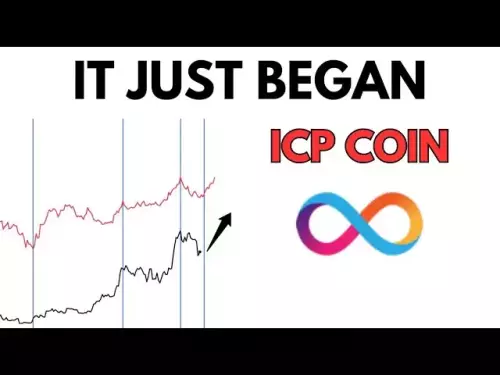-
 bitcoin
bitcoin $116671.700731 USD
-0.07% -
 ethereum
ethereum $4614.067903 USD
2.14% -
 xrp
xrp $3.088291 USD
1.49% -
 tether
tether $1.000362 USD
-0.01% -
 bnb
bnb $987.229886 USD
2.93% -
 solana
solana $245.931058 USD
3.98% -
 usd-coin
usd-coin $0.999926 USD
-0.02% -
 dogecoin
dogecoin $0.282081 USD
4.73% -
 cardano
cardano $0.916372 USD
4.08% -
 tron
tron $0.343952 USD
0.28% -
 hyperliquid
hyperliquid $58.838953 USD
8.45% -
 chainlink
chainlink $23.998618 USD
2.02% -
 ethena-usde
ethena-usde $1.001077 USD
-0.02% -
 avalanche
avalanche $32.209027 USD
7.08% -
 sui
sui $3.800649 USD
5.65%
How are blocks connected into a chain?
Each block in a blockchain is secured by cryptographic hashing and linked to the previous one, ensuring immutability, decentralization, and trustless consensus across the network.
Sep 18, 2025 at 08:18 pm
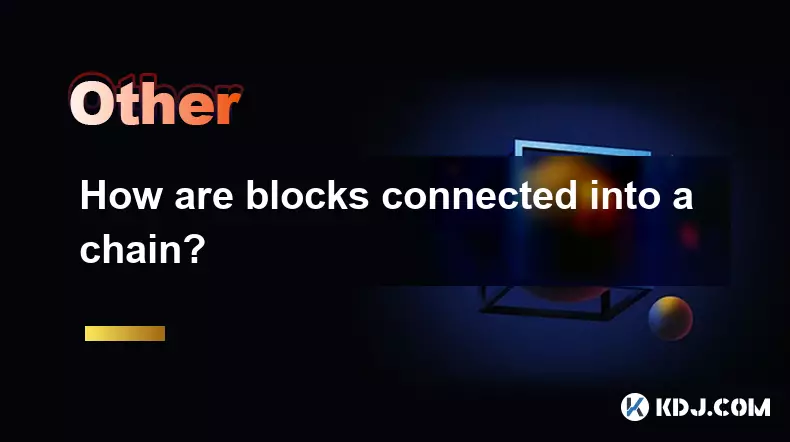
Understanding the Structure of a Blockchain
1. Each block in a blockchain contains a list of transactions, a timestamp, and a reference to the previous block through a cryptographic hash. This structure ensures that every block is linked to the one before it, forming a continuous sequence.
2. The cryptographic hash of the previous block is embedded within the header of the current block. This creates a dependency where altering any data in a prior block would change its hash, thereby breaking the chain unless all subsequent blocks are also modified.
3. Blocks are validated by network participants known as miners or validators, depending on the consensus mechanism. These participants confirm the legitimacy of transactions and package them into new blocks.
4. Once a block is added to the blockchain, it becomes extremely difficult to alter due to the computational effort required to re-mine not only that block but all following blocks. This immutability is a foundational property of blockchain technology.
5. The decentralized nature of blockchain means that copies of the chain are maintained across multiple nodes. When a new block is added, it is broadcasted to the entire network, ensuring consistency and transparency.
The Role of Cryptographic Hashing
1. Cryptographic hashing functions like SHA-256 transform input data into a fixed-size string of characters, which appears random. Even a minor change in input produces a completely different output, making hashes ideal for verifying data integrity.
2. Every block’s unique hash is derived from its contents, including transaction data and the previous block’s hash. This ensures that each block is distinct and securely connected to its predecessor.
3. The use of hashing prevents tampering because any alteration in a block’s data changes its hash, alerting the network to potential fraud.
4. Hashes serve as digital fingerprints. They allow nodes to quickly verify whether two versions of a block are identical without comparing every piece of data.
5. In proof-of-work systems, miners repeatedly adjust a value called the nonce until they find a hash that meets specific difficulty criteria, adding another layer of security to block creation.
Consensus Mechanisms and Chain Integrity
1. Consensus mechanisms such as Proof of Work (PoW) and Proof of Stake (PoS) govern how blocks are added to the chain. These protocols ensure agreement among distributed nodes despite the absence of a central authority.
2. In PoW, miners compete to solve complex mathematical puzzles. The first to solve it broadcasts the new block, which other nodes verify before appending it to their copy of the chain.
3. Under PoS, validators are chosen based on the number of coins they hold and are willing to 'stake' as collateral, reducing energy consumption while maintaining security.
4. Forks can occur when two blocks are generated simultaneously. Networks resolve this by adopting the longest valid chain, discarding orphaned blocks that don’t make it into the main sequence.
5. Regular synchronization between nodes ensures that all participants maintain an up-to-date and consistent version of the blockchain, reinforcing trust in the system.
Data Propagation Across the Network
1. When a new block is created, it is immediately transmitted across the peer-to-peer network using gossip protocols. Each node receives, validates, and forwards the block to its peers.
2. Nodes perform independent validation checks, including confirming digital signatures, ensuring transaction inputs haven't been spent, and verifying compliance with consensus rules.
3. Invalid blocks are rejected and not propagated further, protecting the network from malicious or erroneous data.
4. This decentralized verification process eliminates single points of failure and enhances resistance to censorship and attacks.
5. Over time, confirmed blocks gain more credibility as additional blocks are built on top of them, increasing the computational work required to reverse transactions.
Frequently Asked Questions
What happens if two miners create a block at the same time?When simultaneous blocks occur, the network temporarily splits into competing chains. Miners continue building on whichever version they receive first. The chain that grows longer becomes the accepted one, and the shorter fork is abandoned.
Can a block be removed once it's added to the blockchain?Blocks cannot be removed under normal circumstances. Removal would require controlling a majority of the network’s computational power (in PoW) or stake (in PoS), commonly referred to as a 51% attack, which is highly impractical on large networks.
How does hashing contribute to blockchain security?Hashing ensures data integrity by generating unique identifiers for each block. Any unauthorized modification changes the hash, making tampering evident. Combined with chaining, it creates a secure, chronological record of transactions.
Why is decentralization important for blockchain functionality?Decentralization distributes control across many nodes, preventing any single entity from manipulating the ledger. It enhances transparency, resilience against failures, and trustless operation, which are core principles of cryptocurrency systems.
Disclaimer:info@kdj.com
The information provided is not trading advice. kdj.com does not assume any responsibility for any investments made based on the information provided in this article. Cryptocurrencies are highly volatile and it is highly recommended that you invest with caution after thorough research!
If you believe that the content used on this website infringes your copyright, please contact us immediately (info@kdj.com) and we will delete it promptly.
- ChatGPT, Crypto Trading, and Signals: A New Era for Traders?
- 2025-09-18 22:45:12
- Terrorist Attack at Israeli-Jordanian Border: 2 Dead
- 2025-09-18 22:45:12
- King Charles III 50p Coin: Rare Sales and Collectible Mania!
- 2025-09-18 22:50:01
- Remittix (RTX): The Web3 Wallet and Pre-Launch Coin Shaking Up the Crypto Scene
- 2025-09-18 22:50:01
- Binance, THORChain, and RUNE Trading: Navigating Upgrades and Token Swaps
- 2025-09-18 22:50:01
- Bitcoin Casinos in 2025: Your Guide to Crypto Gambling
- 2025-09-18 22:50:12
Related knowledge

How are blocks connected into a chain?
Sep 18,2025 at 08:18pm
Understanding the Structure of a Blockchain1. Each block in a blockchain contains a list of transactions, a timestamp, and a reference to the previous...
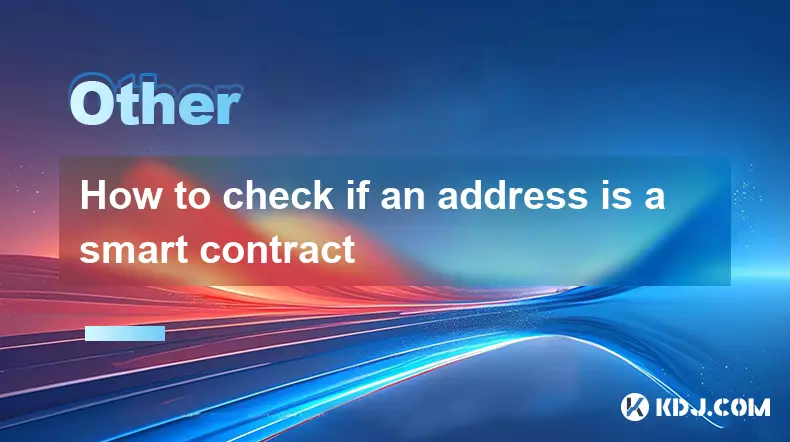
How to check if an address is a smart contract
Sep 07,2025 at 08:54am
Understanding Smart Contracts and Wallet Addresses1. Blockchain networks like Ethereum differentiate between externally owned accounts (EOAs) and cont...

How to see the source code of a smart contract
Sep 13,2025 at 02:36pm
Understanding Smart Contract Source Code Accessibility1. Smart contracts deployed on public blockchains like Ethereum are inherently transparent. Once...
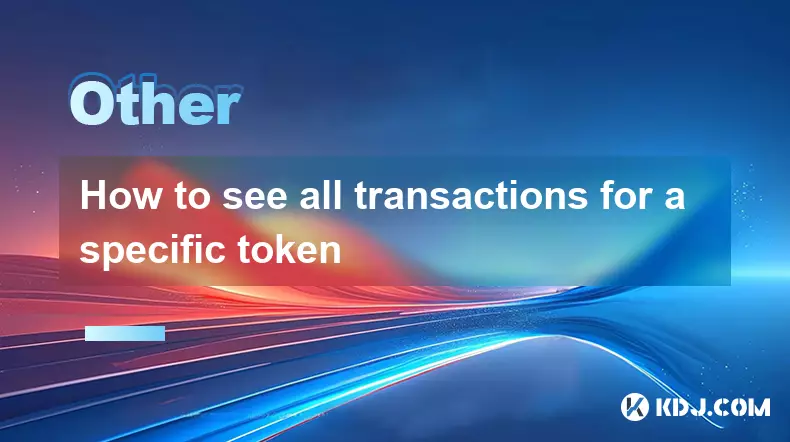
How to see all transactions for a specific token
Sep 05,2025 at 08:36am
Understanding Token Transactions on the Blockchain1. Every token transaction on a blockchain is recorded as part of a public ledger, making it accessi...
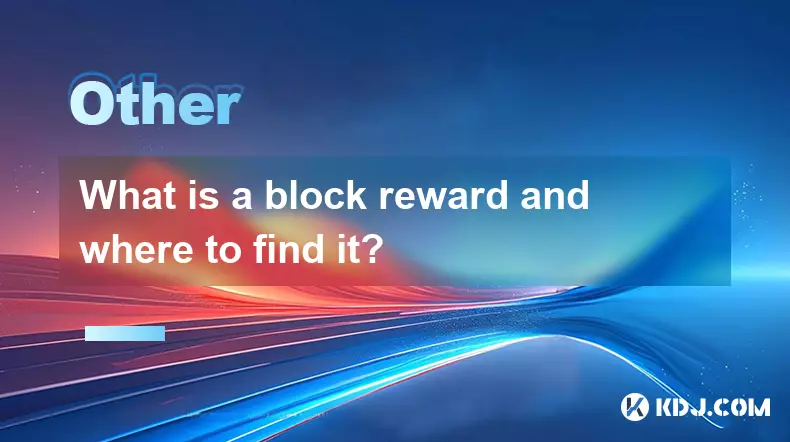
What is a block reward and where to find it?
Sep 15,2025 at 03:18am
Understanding Block Rewards in Cryptocurrency1. A block reward is the incentive given to miners or validators for successfully adding a new block to a...
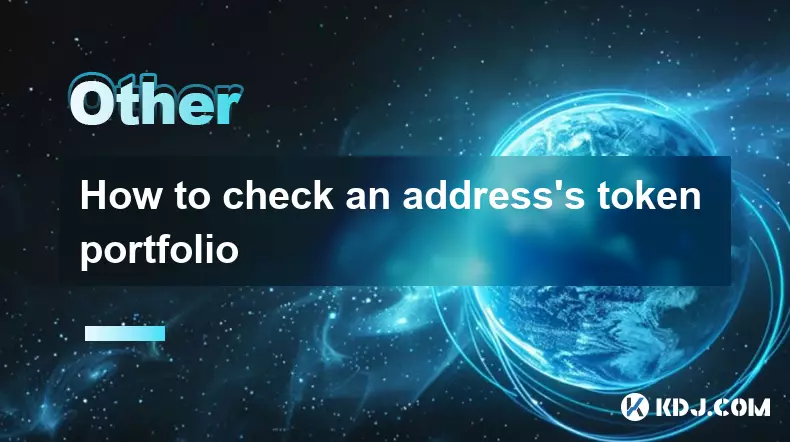
How to check an address's token portfolio
Sep 10,2025 at 03:18am
Using Blockchain Explorers to Analyze Token Holdings1. Navigate to a blockchain explorer such as Etherscan for Ethereum-based addresses or BscScan for...

How are blocks connected into a chain?
Sep 18,2025 at 08:18pm
Understanding the Structure of a Blockchain1. Each block in a blockchain contains a list of transactions, a timestamp, and a reference to the previous...

How to check if an address is a smart contract
Sep 07,2025 at 08:54am
Understanding Smart Contracts and Wallet Addresses1. Blockchain networks like Ethereum differentiate between externally owned accounts (EOAs) and cont...

How to see the source code of a smart contract
Sep 13,2025 at 02:36pm
Understanding Smart Contract Source Code Accessibility1. Smart contracts deployed on public blockchains like Ethereum are inherently transparent. Once...

How to see all transactions for a specific token
Sep 05,2025 at 08:36am
Understanding Token Transactions on the Blockchain1. Every token transaction on a blockchain is recorded as part of a public ledger, making it accessi...

What is a block reward and where to find it?
Sep 15,2025 at 03:18am
Understanding Block Rewards in Cryptocurrency1. A block reward is the incentive given to miners or validators for successfully adding a new block to a...

How to check an address's token portfolio
Sep 10,2025 at 03:18am
Using Blockchain Explorers to Analyze Token Holdings1. Navigate to a blockchain explorer such as Etherscan for Ethereum-based addresses or BscScan for...
See all articles

























![[Pycoin] PI Coin -Preparation of Binance Listing !! Prepare 'like this' [Pycoin] PI Coin -Preparation of Binance Listing !! Prepare 'like this'](/uploads/2025/09/18/cryptocurrencies-news/videos/pycoin-pi-coin-preparation-binance-listing-prepare/68cc02628e956_image_500_375.webp)
